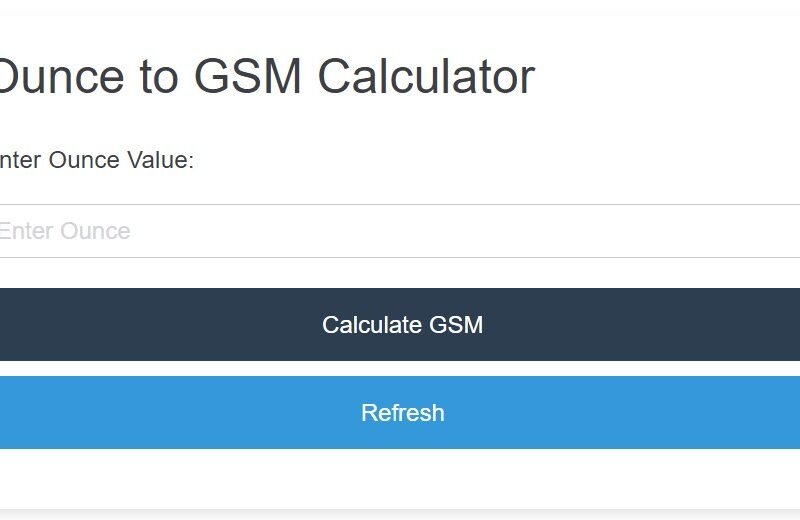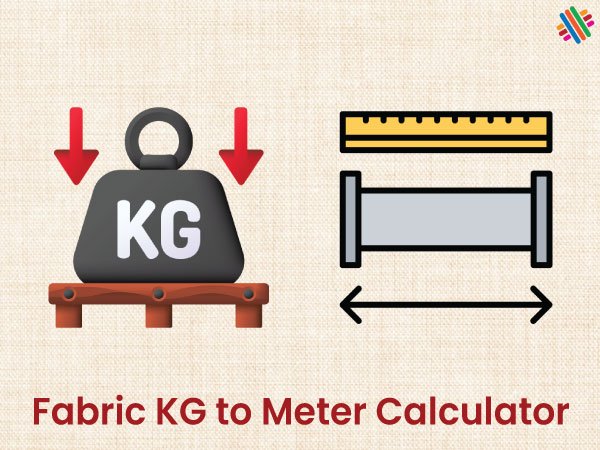Men’s Pant Size Calculator By Height and Weight
Men’s Pant Size Calculator
Pant Size Calculator
Find your perfect fit based on height and weight
Your Recommended Pant Size
Finding the right pant size can be frustrating. Studies show that over 60% of men wear incorrectly sized pants, leading to discomfort and poor appearance. Whether you’re shopping online or simply want to ensure the best fit, our free pant size calculator takes the guesswork out of finding your perfect measurements.
Using just your height and weight, this calculator determines your ideal waist size and inseam length, giving you the confidence to shop for pants that actually fit. No more returning ill-fitting purchases or settling for uncomfortable clothing.
How to Use the Pant Size Calculator
Using our pant size calculator is simple and takes less than a minute:
Step 1: Enter your height in the input field. You can choose from feet, inches, centimeters, or meters using the dropdown menu.
Step 2: Input your weight and select your preferred unit (pounds, kilograms, or stone).
Step 3: Click “Calculate Size” to get your recommended measurements.
Step 4: Review your results, which include both waist size and inseam length in inches.
The calculator automatically converts different units and uses advanced algorithms based on body mass index (BMI) and height ratios to provide accurate sizing recommendations. Results appear instantly, showing your measurements in the standard format used by most clothing retailers.
For the most accurate results, measure yourself first thing in the morning before eating, as your body measurements can fluctuate throughout the day due to bloating and posture changes.
Understanding Pant Measurements
Waist Size Explained
Waist size refers to the circumference measurement around your natural waistline, typically where you’d wear a belt. This measurement determines how snugly the pants will fit around your midsection. Our calculator considers your BMI and height to estimate the most comfortable waist size for your body type.
Key points about waist sizing:
- Measured in inches in the US
- Should allow for comfortable breathing and movement
- May vary slightly between brands
- Consider your preferred fit (snug vs. relaxed)
Inseam Length Guide
Inseam is the measurement from your crotch to where you want the pants to end, typically at your ankle. This determines the length of your pants and affects both comfort and appearance. The calculator uses your height to estimate the ideal inseam length for a standard fit.
Inseam considerations:
- Longer inseams work for dress pants that break at the shoe
- Shorter inseams create a more modern, cropped look
- Athletic builds may need slight adjustments
- Shoe height affects how long pants should be
Rise and Fit Types
Rise refers to the distance from the crotch to the waistband. While our calculator provides standard measurements, understanding rise helps you choose the right style:
Low Rise (7-8 inches): Sits below the natural waist, modern casual look Mid Rise (8-9 inches): Most common, sits at or slightly below natural waist High Rise (9+ inches): Classic fit, sits at or above natural waist
Pant Size Chart for Men
Standard US Sizes
| Waist (inches) | Size | Typical Inseam Options |
|---|---|---|
| 28-29 | XS/28 | 28″, 30″, 32″, 34″ |
| 30-31 | S/30 | 28″, 30″, 32″, 34″ |
| 32-33 | M/32 | 30″, 32″, 34″, 36″ |
| 34-35 | L/34 | 30″, 32″, 34″, 36″ |
| 36-37 | XL/36 | 30″, 32″, 34″, 36″ |
| 38-40 | XXL/38 | 30″, 32″, 34″, 36″ |
| 42-44 | XXXL/42 | 32″, 34″, 36″ |
International Size Conversions
European Sizes: Add 16 to US waist size (US 32 = EU 48) UK Sizes: Usually match US sizes for waist measurements Asian Sizes: Often run 1-2 sizes smaller than US equivalents
Brand-Specific Variations
Different brands have unique sizing standards:
- Levi’s: Tends to run true to size
- Dockers: Often runs slightly larger
- European brands: Usually run smaller than US sizes
- Athletic brands: May have different fits for active wear
Always check individual brand size charts when possible, as our calculator provides general sizing guidelines.
Tips for Getting Accurate Measurements
Measuring Your Waist Correctly
To get the most accurate waist measurement:
- Use a flexible measuring tape
- Measure over underwear or thin clothing
- Find your natural waist (narrowest part of your torso)
- Keep the tape snug but not tight
- Breathe normally and take the measurement
- Round to the nearest half-inch
Common mistakes include measuring too low (at hip level) or too high (at the ribcage). The natural waist is typically 1-2 inches above your hip bones.
Finding Your Inseam Length
For accurate inseam measurement:
- Wear well-fitting pants
- Stand straight against a wall
- Measure from crotch seam to desired pant length
- Have someone help you for accuracy
- Consider your shoe height preference
- Account for hemming if needed
Professional tailors recommend measuring multiple pairs of well-fitting pants to find your consistent inseam preference.
When to Size Up or Down
Consider sizing up if you:
- Prefer a looser, more comfortable fit
- Plan to wear thick belts
- Have an athletic build with larger thighs
- Want room for layering underneath
Consider sizing down if you:
- Prefer a tailored, slim appearance
- Have a lean build
- Plan to have pants tailored
- Want a more fitted modern look
Common Pant Sizing Mistakes to Avoid
Many men make these sizing errors that lead to poor fit and discomfort:
Ignoring Body Shape Changes: Your size can change due to weight fluctuations, age, or fitness level. Remeasure periodically rather than assuming your size remains constant.
Buying Based on Vanity Sizing: Some brands use vanity sizing, making their sizes larger than the marked measurement. Focus on actual measurements rather than size labels.
Not Considering Fabric Stretch: Stretch fabrics may fit differently than traditional materials. Account for how much the fabric will give over time.
Overlooking Return Policies: When shopping online, always check return policies. Even with accurate calculations, personal preference and brand variations may require exchanges.
Assuming All Styles Fit the Same: A size 32 in slim-fit jeans will fit very differently than a size 32 in relaxed-fit chinos, even from the same brand.
How Different Pant Styles Affect Sizing
Jeans vs Dress Pants
Jeans Sizing:
- Often labeled with actual waist measurement
- May shrink after washing
- Stretch denim provides more flexibility
- Raw denim requires sizing up initially
Dress Pants Sizing:
- Usually include wearing ease in measurements
- More consistent sizing across brands
- Typically require professional hemming
- May need tailoring for optimal fit
Athletic Fit vs Regular Fit
Athletic Fit:
- Designed for muscular thighs and glutes
- May require sizing up in waist for thigh room
- Usually has tapered leg opening
- Better for men who lift weights or play sports
Regular Fit:
- Standard proportions work for average builds
- Consistent fit from waist through leg
- Most versatile for various body types
- Easier to find in stores
Slim Fit Considerations
Slim fit pants require more precise sizing:
- Less room for measurement errors
- May require professional tailoring
- Consider fabric stretch content
- Not suitable for all body types
Frequently Asked Questions
How accurate is the pant size calculator?
Our calculator provides estimates based on standard body proportions and industry sizing. Accuracy is typically within 1-2 inches for most users. However, personal preferences, body shape variations, and brand differences may require adjustments. Use the results as a starting point and always try pants on when possible.
Should I size up for comfort?
This depends on your personal preference and the pant style. For casual wear and comfort, sizing up by 1 inch in the waist is common. For dress pants and professional wear, stick closer to your actual measurements for a polished appearance. Consider that some stretch in the fabric may eliminate the need to size up.
How often should I recalculate my size?
Recalculate your pant size every 6-12 months or after significant weight changes (10+ pounds). Age, fitness changes, and lifestyle factors can affect your measurements over time.
Can I use this calculator for women’s pants?
This calculator is specifically designed for men’s pant sizing, which uses different proportional relationships than women’s sizing. Women’s pants use different size numbering systems and body proportion calculations.
What about tall or big and tall sizing?
The calculator works for most height ranges, but very tall men (over 6’4″) may need specialized big and tall sizing, which offers longer inseams and adjusted proportions. Many brands offer extended sizes with inseams up to 38 inches.
Final Thoughts
Finding the right pant size doesn’t have to be complicated. Our pant size calculator provides a solid foundation for understanding your measurements, but remember that perfect fit often requires trying on different brands and styles.
The key to great-fitting pants is understanding your measurements, knowing your preferences, and being willing to make small adjustments through tailoring when necessary. Use this calculator as your starting point, but don’t be afraid to experiment with different fits and styles to find what works best for your body type and lifestyle.
Remember that clothing sizes are just numbers – what matters most is how you feel and look in your clothes. A well-fitting pair of pants can boost your confidence and comfort throughout the day, making the effort to find your perfect size well worth it.
Ready to find your perfect fit? Use our calculator above to get started, and remember to bookmark this page for future reference when shopping for new pants.



